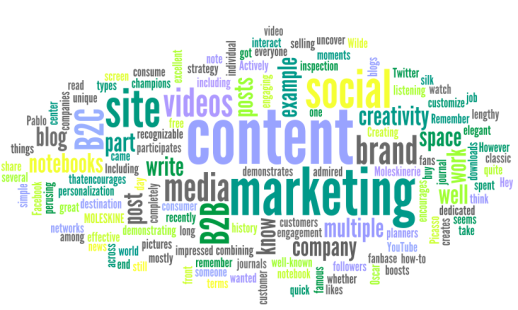
The Super Bowl is one of the biggest sporting events of the year, drawing in millions of viewers worldwide. Even if your team didn’t make it, the game offers something that everyone can look forward to: commercials. Super Bowl commercials have become a main talking point in pop culture, with some people caring more for the ads than the game. Since these ad placements are such a big investment, companies are very particular about the message they want to share. There are many lessons to be learned from some of the most successful Super Bowl ads in past years.
Emotion Drives Engagement
Just like any good story, most Super Bowl commercials center around a well-developed plot. The Farmer’s Dog delivered one of the top-rated ads in 2023, showing the story between a girl and her dog. The ad highlights their evolving relationship, tapping into the ‘dog is man’s best friend’ theme to evoke an emotional response.
A campaign can benefit from targeting emotions. Depending on your product, your message, and your brand voice, the emotions you focus on may vary. But ultimately, audiences are more likely to remember information when it’s given to them as a narrative, especially if they feel personally connected to the storyline.
Sometimes Risks Pay Off
Since so many companies put their all into Super Bowl ads, it may seem difficult to take a risk. In reality, many successful commercials have appealed to viewers by surprising them. Tubi’s commercial in 2023 sent viewers into mass panic with a design that looked like someone was changing the channel. Even though the prank only lasted for a few seconds, viewers expressed online the stress they felt while scrambling for their remotes.
Even though people had mixed feelings toward Tubi after that commercial, it is still talked about two years later. Tubi took a different approach from relying on humor or emotion to grab viewers’ attentions. Similarly, marketers shouldn’t be afraid to push boundaries in their campaigns. When they assess potential outcomes, the buzz from a bold campaign can attract more attention and curiosity.
Cross-Media Consumption
For many viewers, a TV won’t be the only screen they’re focusing on during the game. Audiences have become more likely to watch the game while also focusing on their phones, laptops or other devices. With the increasing impact that social media has on consumers, as well as the desire to reach new audiences, companies have started to expand their Super Bowl campaigns to different platforms. For example, Olay’s 2020 commercial aimed to inspire women to “Face Anything,” incorporating celebrity cameos and emotional storytelling to drive the message. Olay encouraged viewers to use the hashtag #MakeSpaceForWomen on social media, vowing to donate one dollar (up to $500,000) for each use in a given time frame. This not only increased Olay’s impressions and audience engagement, but significantly strengthened their brand image.
It’s important for companies to know where their audiences are engaging with content online. Understanding different platforms and media outlets ensures that your message is reaching as much of your target audience as possible. Like the Olay commercial, this may go past simply posting the same content across channels. Giving users interactive opportunities makes them feel involved with the brand and the message your campaign hopes to convey. Fostering that feeling of community is key to increasing retention rates and building trust with your consumers.
Like Super Bowl commercials, marketers should hope that their efforts generate positive buzz for and increased attention on their client or company. Giving viewers an experience they’ll remember is crucial to improve engagement and push your message. Even if you’re not developing a campaign for the big game, it’s important to give each project the same care and attention to detail. Trust in your work and produce content that you, as a consumer, would be excited to talk about.




 Chances are your business is using content marketing as part of your overall marketing plan. The objective of content marketing is to deliver valuable information that will engage your audience. Consumers are tuning out the more intrusive marketing tactics. What they really want is great, customer-focused information that helps them make a decision or solve a problem. That’s what content marketing delivers.
Chances are your business is using content marketing as part of your overall marketing plan. The objective of content marketing is to deliver valuable information that will engage your audience. Consumers are tuning out the more intrusive marketing tactics. What they really want is great, customer-focused information that helps them make a decision or solve a problem. That’s what content marketing delivers.